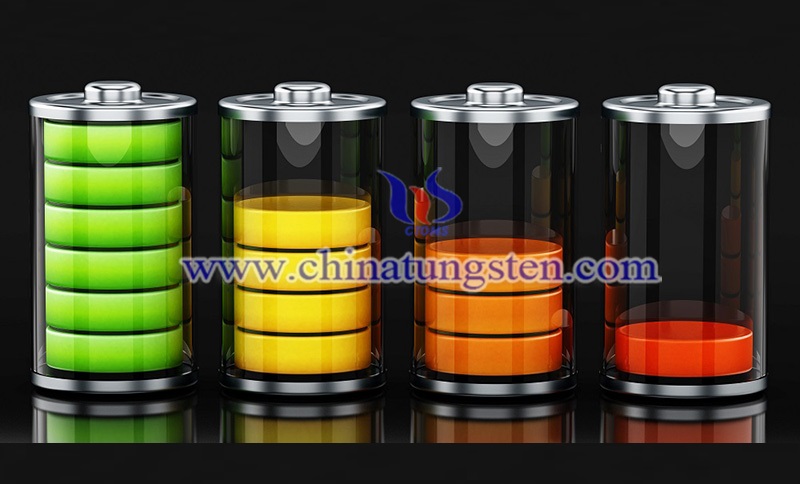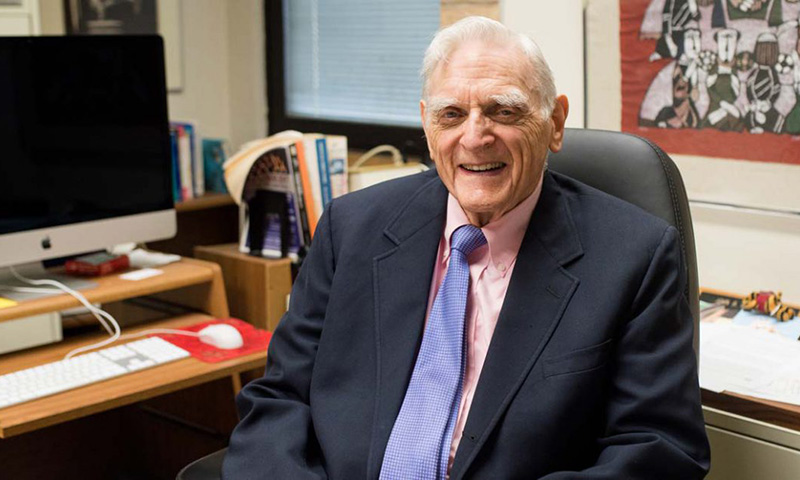Li-Ion Battery Co-Inventor Patents Glass Battery for EVs
- Details
- Category: Tungsten's News
- Published on Monday, 25 May 2020 18:43
Li-ion battery co-inventor, John Goodenough has now filed a new patent for glass battery which he claims can help in overcoming the price barrier associated with electric vehicles (EVs). According to foreign media reports, a team led by John Goodenough submitted a patent application for a new battery that uses glass as a key component. And the new glass battery promises to accelerate the shift away from internal combustion engines because it will deliver a significant increase in storage capacity.

The researchers said by spiking glass with either sodium or lithium to form an electrode within the battery, the energy storage capacity of the new battery technology provides three times the energy storage capacity of comparable lithium-ion batteries. The new glass battery is neither volatile nor flammable, nor does it have the lithium dendrite growth problems that have plagued lithium-ion batteries. The uncontrolled growth of dendrites can easily cause short circuits and pose safety risks. Researchers said that if the new electrodes can be commercialized, glass batteries can breakthrough price barriers, promote the promotion of EVs, and revitalize the transportation industry.
The Li-ion battery co-inventor, Goodenough is an emeritus professor at the Cockrell School of Engineering at the University of Texas, Austin. He won the 2019 Nobel Prize in Chemistry for co-inventing lithium-ion batteries with other scholars. He said that the new technology allows EVs to compete with internal combustion engines in terms of cost and convenience, and can be used to store intermittent solar and wind energy on the grid.

That is if it is commercialized. But according to Goodenough, who spoke with the Institute of Electrical and Electronics Engineers (IEEE)'s Spectrum magazine about the technology, the glass battery could finally break through the price barrier that hinders the uptake of electric cars. Fellow researcher Maria Helena Braga from the University of Texas, Austin says that early testing also suggests could also have "perhaps thousands" of charge and discharge cycles, more than the average 1,000 to 2,000 cycles achievable in typical nickel-manganese-cobalt or lithium iron phosphate batteries.
In addition, the glass battery electrode can withstand a wider temperature range than the Li-ion battery, usually between minus 20 and 60. The patent describes: "Rechargeable batteries containing a water-solvated glass or amorphous solid electrolyte described herein can provide a safe, low-cost stationary battery capable of storing a large amount of electrical energy for feeding the grid or charging the battery or capacitor of an electric vehicle since the temperature range of operation of a stationary battery can be kept small through all seasons at little cost. Because the activation energy of the alkaline ion transport in the electrolyte is very small, the EVs powered by the portable rechargeable battery can operate at a wide range of ambient temperatures."
- Tungsten Manufacturer & Supplier, Chinatungsten Online: www.chinatungsten.com
- Tungsten News & Prices of China Tungsten Industry Association: www.ctia.com.cn
- Molybdenum News & Price: news.molybdenum.com.cn
- Tel.: 86 592 5129696; Fax: 86 592 5129797; Email: sales@chinatungsten.com



 sales@chinatungsten.com
sales@chinatungsten.com